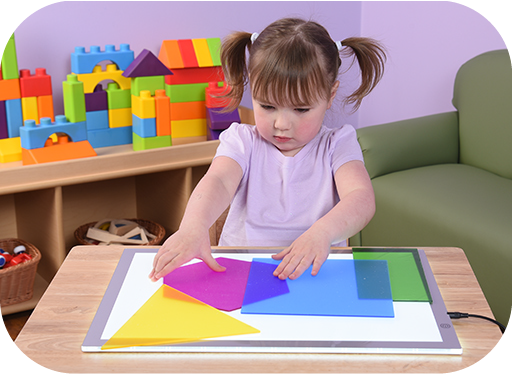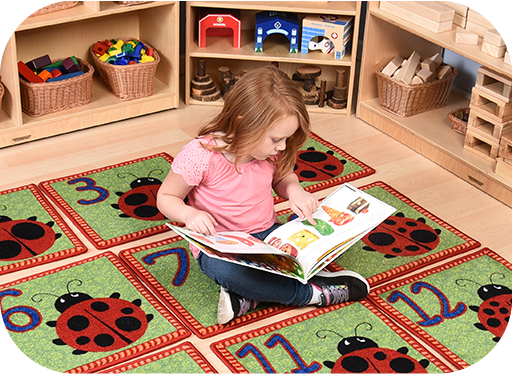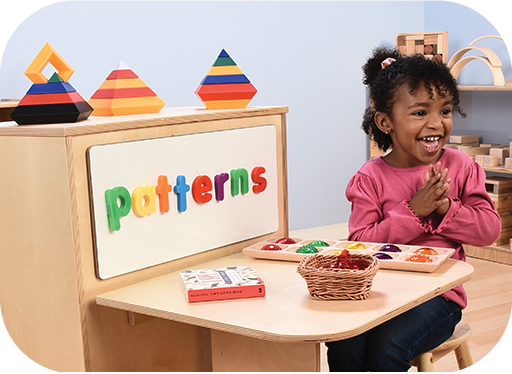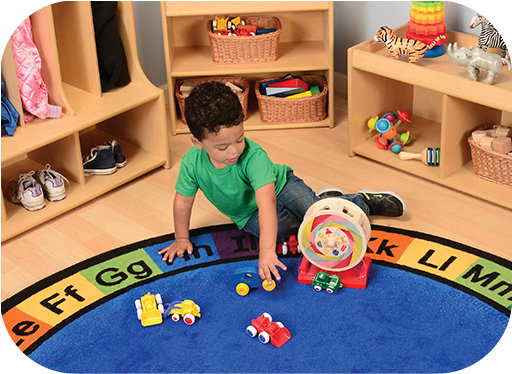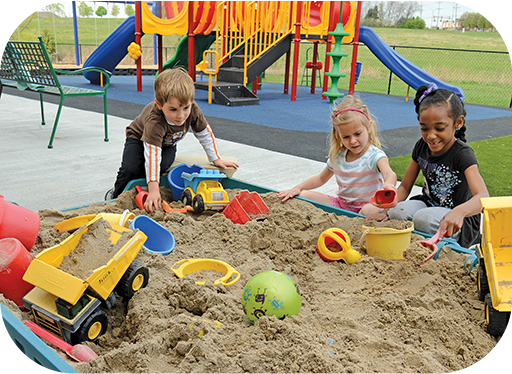
Seamless Transitions: Strategies for Navigating Extended Classroom Breaks
With the weather turning colder and the holiday season approaching, managing extended breaks from school can be challenging for young children due to routine disruptions, causing confusion and stress. As educators, it’s essential to prepare with strategies for ensuring smooth transitions. In this blog, we’ll explore practical approaches to help educators ease these transitions, fostering a seamless experience for teachers and early childhood students.
Preparing for the Break
Begin the transition by openly discussing the upcoming winter break with your students. Encourage them to share their plans, talk about holiday traditions, and express their feelings about the break. Create a visual countdown in the classroom, with a calendar or a festive display to help children understand the passage of time leading up to the break. This will build excitement and provide a tangible way for them to comprehend when the break will begin.
Maintaining A Connection While on Break
To maintain a connection between school and home during the break, consider providing a simple activity for the children to do at home. Try sending home a paper tree decorated with circles, where each circle signifies a day of the break. Encourage the children to decorate one dot each day. They can do this with do-a-dot markers, gluing poms poms, placing stickers, or simply coloring them. This fun project serves as a visual cue that it’s time to return to school once the tree is full.
Returning to Routine
Children thrive in familiar routines and structure, so returning to your typical daily routine is important. However, you may notice diminished focus or stamina upon returning from an extended break. Be prepared to modify activities, such as extending active playtime or abbreviating circle time, to accommodate potential changes in their attention span and energy levels.
Some students may struggle with separation anxiety from their parents upon their return. Teachers play a crucial role in being a calm and understanding presence during this period. Revisiting centers or activities children have previously enjoyed can be a powerful reminder of the joy associated with school and learning. Additionally, it proves beneficial to reintroduce materials and classroom centers, serving as a gentle reminder of their responsibilities within the classroom.
Addressing Social and Emotional Needs
As children return to school, create an atmosphere that encourages open communication and fosters a sense of community. Allow children to share their experiences over the break, recognizing that they may be carrying challenging feelings to express verbally. Introducing pretend play opportunities provides a valuable outlet for these emotions, allowing them to express their experiences in a positive way. Expression Babies are a fantastic tool to prompt children to express and verbalize their feelings through play.
Additionally, consider incorporating yoga into the daily routine as a calming and relaxing way for children to move their bodies. Our specially designed yoga cards serve as a wonderful tool to guide these sessions, featuring individual poses and poses that encourage collaboration. This activity promotes physical well-being and fosters a sense of collaboration and community. By combining mindfulness with cooperative movement, we address social-emotional needs and strengthen the bonds that make our learning environment a supportive and connected space.
Photo by April Maura
Conclusion
Effective preparation and strategies are key in managing extended breaks for young children. Openly discussing the break, creating visual cues, and maintaining a connection between school and home help ease the transition. Upon return, discussing breaks, returning to routines, and addressing social-emotional needs are practical approaches to promote constructive transitions for both teachers and students. As we embrace the holiday season and colder weather, let these insights guide a positive return to the classroom for our early learners.


